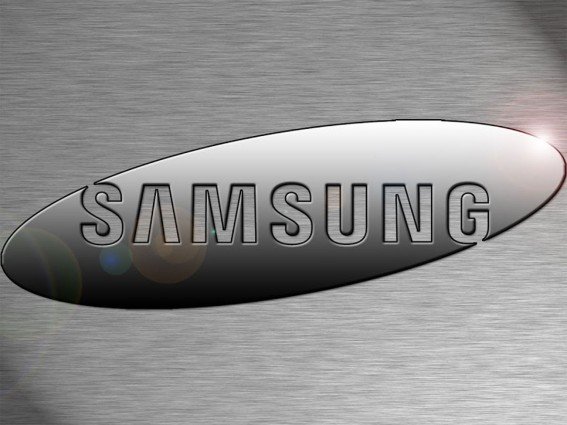When you have a Mac computer and an iPhone, it’s important that you know how to transfer photos between them.
Whether you need to back up your images for safekeeping or share them with a friend, moving photos from your MacBook to your iPhone has never been easier.
Read on for nine methods of transferring images from MacBook to iPhone.
1. iCloud:
Apple’s cloud storage system is the easiest and most efficient way to move photos between devices.
All you need is an iCloud account, and then you can access all of your photos on any device connected to the same iCloud account.
It’s fast, easy, and secure — just sign in and upload the desired images directly into iCloud Photo Library using the web browser on your Mac laptop.
From there, you may view them on any of Apple’s apps like Photos or Messages, as well as via other third-party apps like Dropbox.
2. AirDrop:
If both devices are running iOS 8 or higher, AirDrop can be used as a quick way of sharing files from one device to another wirelessly over Wi-Fi or Bluetooth connections.
Open up the Photos app on either device, select the image(s) that you want to transfer, tap “Share” at the bottom left corner of the screen and choose AirDrop as your destination device — it should show up in a list with its name underneath it once it is in range.
3. Email:
This method is probably one of the oldest but most reliable ways of sending pictures between two devices — simply attach an image file (JPG format works best) in an email message and send it off.
The recipient will be able to download it directly onto their phone without needing any additional software or cables.
4. Airdroid:
Airdroid is a great app available for both Android and iOS devices that allows users to manage their phones remotely through a web browser without having to use cables or other hardware peripherals.
You can also use this app for transferring data by first accessing its “AirDroid File Transfer” feature from a web browser window on your PC/Mac laptop, then selecting “Send Files To Device” at the top right corner where you are free to choose which file(s) or folder(s) needs sending over — no extra plug-ins required.
5. USB Cable:
This is perhaps the most straightforward method when it comes down to physically connecting two devices together; you have a USB cable (or lightning cable if applicable).
Plug your laptop into your phone using said cable, open up Windows File Explorer/Finder (depending on OS) select all desired images and drag & drop them into another folder located inside mobile phone storage space such as DCIM (Digital Camera Images).
6. iTunes:
Another great option for those who own both Apple products is to use iTunes — whether installed locally on a laptop computer or accessed via the website interface through the web, where everything should be connected with the same Apple ID credentials after logging in successfully.
Once done so, proceed by going into the Photos tab towards the sidebar menu selection, whereupon subsequent selection should allow the user to select all images they want transferred over while leaving out ones they don’t want imported onto their phone’s local storage afterward.
7. Google Drive:
Google Drive offers 15 GB of free cloud storage space upon setup, which makes it a perfect virtual dumping ground when wanting to quickly share large batches of high-resolution images across multiple devices simultaneously.
Just drag and drop files directly into the Google Drive app installed on a desktop machine (Mac/PC), before syncing data across iPhones afterwards via the corresponding iPhone app version accessible on the App Store platform under the same login ID.
As a side note, if you wish, you can also learn how to turn video into live photo iPhone feature and transfer some converted media as well.
8. Dropbox:
Dropbox is fast becoming one of the most popular solutions when it comes to transferring large batches of photos spanning across different platforms.
Users simply create a new folder inside the main dashboard interface first before dragging and dropping the chosen assortment of pics/vids into the folder before sharing the entire batch with the recipient party’s own Dropbox account.
9. Image Capture:
Image Capture may not be as widely known among users compared to the other options listed here, but it still holds considerable weight due to being integrated into the macOS operating system since day one.
Launch the Finder window from the Desktop home screen, followed by clicking on the Applications tab, whence selection of the Image Capture icon thereafter which leads directly to the digital imaging library associated with the current laptop model connected. Then you can move the data.



